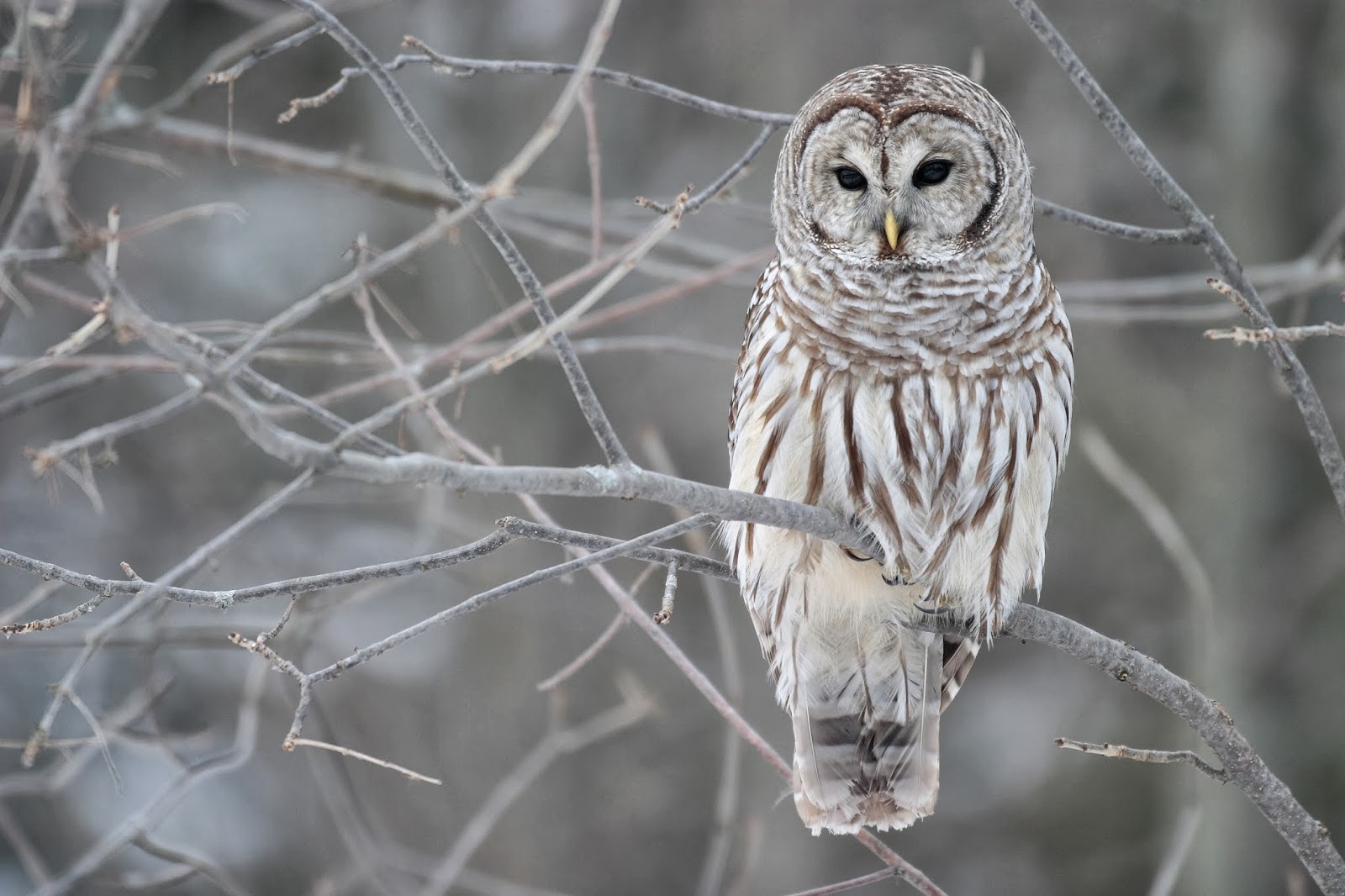We'd Like Your Input on Proposed Fee Changes

Vermont State Parks is proposing some modest fee increases to generate funds to offset increasing operation and maintenance costs. Revenue generated from state park services helps sustain the system and all its values, including preservation of open space and interpretation of our environment and the natural world. We would like your input on these changes. Let us know what you think. Please contact Craig Whipple, Director of State Parks, via email at craig.whipple@state.vt.us or mail at Craig Whipple, Vermont State Parks, 1 National Life Drive, Davis 2, Montpelier, VT 05620. Comments will be accepted until May 12, 2014. You are also invited to attend a public meeting about these proposed changes, Monday, May 5, 5:30 PM at the DEC Act 250 Conference Room, Agency of Natural Resources, 111 West Street, Essex Junction, Vermont 05453. The proposed changes are as follows: Increase camping fees by $2/per night Increase fee for Mt. Philo picnic pavilion to $200 Monda...





